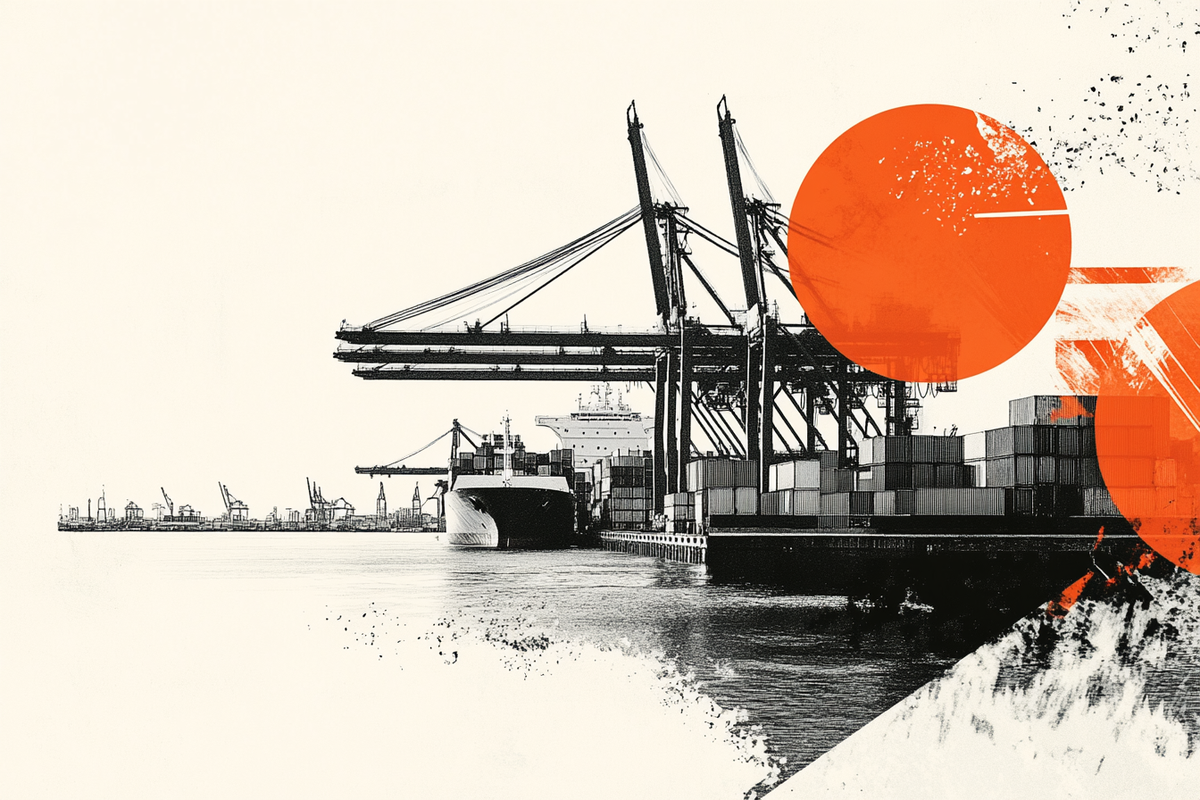Created
: 2025.09.26














![]() 2025.09.26 13:53
2025.09.26 13:53
The Indian Rupee (INR) opens on a flat note around 88.90 against the US Dollar (USD) on Friday. The USD/INR pair is expected to move higher as United States (US) President Donald Trump has announced fresh tariffs on pharmaceuticals, which will come into effect on October 1.
On Thursday, US President Trump stated through a post on Truth.Social that imports of pharmaceuticals into the US will attract 100% additional duty. Trump didn't clarify whether countries that have secured a trade deal with Washington will be exempted from new sectoral tariffs.
Overall, the announcement is another damage to India's export sector that is already facing 50% tariffs on imports into the US, one of the highest among Washington's trading partners. The impact will be significant on Indian pharmaceutical companies, which exported $3.6 billion worth of healthcare products to the US in 2024, according to Hindustan Times.
The US raised tariffs on imports from India to 50% in early August for buying Oil from Russia, which they called the nation is indirectly funding Moscow's war with Ukraine.
This week, the announcement of an increase in H-1B visa fees by the US to $100,000 also impacted the Indian Rupee badly.
Meanwhile, Indian Commerce and Trade Minister Piyush Goyal returns to India with his team after trade negotiations with Washington. However, Goyal has not unveiled any material development on bilateral trade talks with the US yet.
On the domestic front, investors await the monetary policy announcement by the Reserve Bank of India (RBI) on Wednesday. Investors expect the RBI to hold its Repo Rate steady at 5.5%.
USD/INR turns sideways after posting a fresh all-time high of around 89.10 on Tuesday. The upward-sloping 20-day Exponential Moving Average (EMA) near 88.38 signals more upside in the pair.
The 14-day Relative Strength Index (RSI) stays above 65.00, suggesting a strong bullish momentum.
Looking down, the 20-day EMA will act as key support for the major. On the upside, the round figure of 90.00 would be the key hurdle for the pair.
The Indian Rupee (INR) is one of the most sensitive currencies to external factors. The price of Crude Oil (the country is highly dependent on imported Oil), the value of the US Dollar - most trade is conducted in USD - and the level of foreign investment, are all influential. Direct intervention by the Reserve Bank of India (RBI) in FX markets to keep the exchange rate stable, as well as the level of interest rates set by the RBI, are further major influencing factors on the Rupee.
The Reserve Bank of India (RBI) actively intervenes in forex markets to maintain a stable exchange rate, to help facilitate trade. In addition, the RBI tries to maintain the inflation rate at its 4% target by adjusting interest rates. Higher interest rates usually strengthen the Rupee. This is due to the role of the 'carry trade' in which investors borrow in countries with lower interest rates so as to place their money in countries' offering relatively higher interest rates and profit from the difference.
Macroeconomic factors that influence the value of the Rupee include inflation, interest rates, the economic growth rate (GDP), the balance of trade, and inflows from foreign investment. A higher growth rate can lead to more overseas investment, pushing up demand for the Rupee. A less negative balance of trade will eventually lead to a stronger Rupee. Higher interest rates, especially real rates (interest rates less inflation) are also positive for the Rupee. A risk-on environment can lead to greater inflows of Foreign Direct and Indirect Investment (FDI and FII), which also benefit the Rupee.
Higher inflation, particularly, if it is comparatively higher than India's peers, is generally negative for the currency as it reflects devaluation through oversupply. Inflation also increases the cost of exports, leading to more Rupees being sold to purchase foreign imports, which is Rupee-negative. At the same time, higher inflation usually leads to the Reserve Bank of India (RBI) raising interest rates and this can be positive for the Rupee, due to increased demand from international investors. The opposite effect is true of lower inflation.
![]()
Created
: 2025.09.26
![]()
Last updated
: 2025.09.26

FXStreet is a forex information website, delivering market analysis and news articles 24/7.
It features a number of articles contributed by well-known analysts, in addition to the ones by its editorial team.
Founded in 2000 by Francesc Riverola, a Spanish economist, it has grown to become a world-renowned information website.
We hope you find this article useful. Any comments or suggestions will be greatly appreciated.
We are also looking for writers with extensive experience in forex and crypto to join us.
please contact us at [email protected].
Disclaimer:
All information and content provided on this website is provided for informational purposes only and is not intended to solicit any investment. Although all efforts are made in order to ensure that the information is correct, no guarantee is provided for the accuracy of any content on this website. Any decision made shall be the responsibility of the investor and Myforex does not take any responsibility whatsoever regarding the use of any information provided herein.
The content provided on this website belongs to Myforex and, where stated, the relevant licensors. All rights are reserved by Myforex and the relevant licensors, and no content of this website, whether in full or in part, shall be copied or displayed elsewhere without the explicit written permission of the relevant copyright holder. If you wish to use any part of the content provided on this website, please ensure that you contact Myforex.
Myforex uses cookies to improve the convenience and functionality of this website. This website may include cookies not only by us but also by third parties (advertisers, log analysts, etc.) for the purpose of tracking the activities of users. Cookie policy